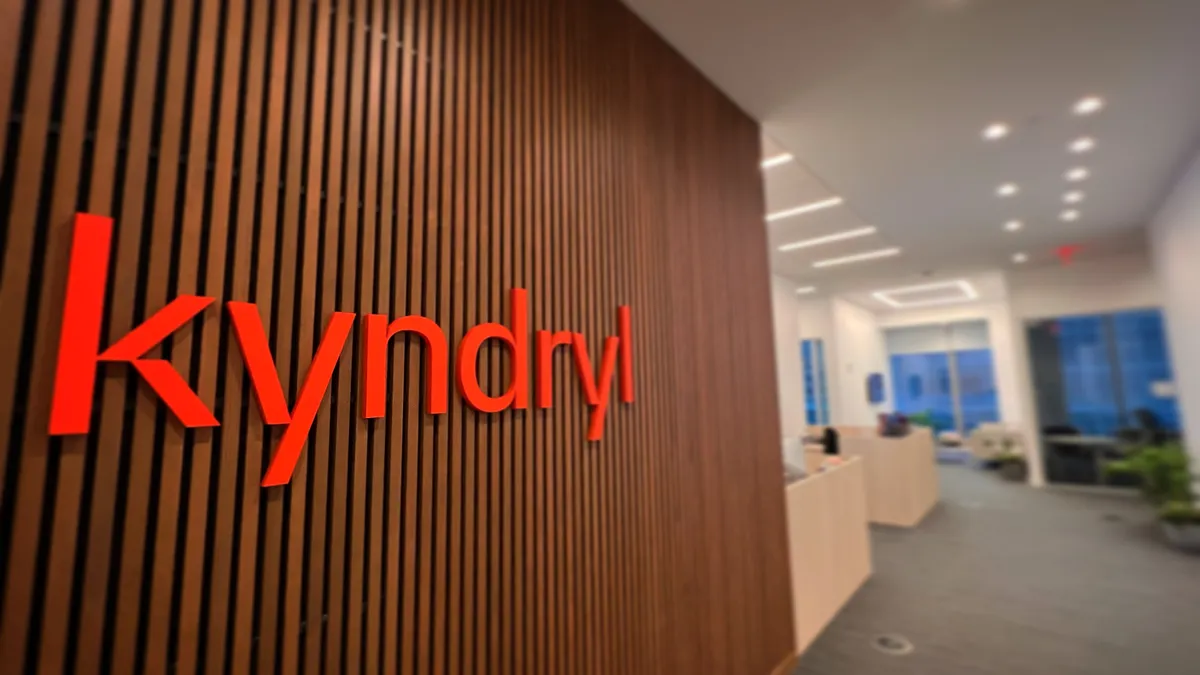At the IT helm of IBM's more than 350,000 international employees, and upwards of another 30,000 contractors, is a single CIO.
To meet large-scale workforce demands, Fletcher Previn, who became CIO in 2017, focuses on IT basics before moving on to other transformations.
"It's very tempting, especially as a CIO to get drawn into huge complex, expensive transformation projects," Previn said in an interview with CIO Dive.
If the basic needs are not being met — if the Wi-Fi is unreliable, the laptops are cheap, the help desk is insufficient — people do not have enough bandwidth to do their jobs.
"These are the kind of it quality of life issues that we're trying to make sure don't get neglected," said Previn.
The buildup of an unreliable technology foundation erodes IT's credibility and trust to do more transformative work.
But CIOs are not often at the frontline where basic IT is most relied upon, so CIOs assess engagement in a variety of methods: surveys, automated web related analytics that measure cognitive fluency, in-application feedback, management tools that gauge net promoter scores.
However, "one of the most dangerous binds for a CIO to get stuck in is if they rely on just one feedback mechanism, such as a traditional quarterly survey sent, and often ignored, to all employees," said Jody Shapiro, CEO of Productiv, told CIO Dive.
Though IBM conducts a biannual workplace impact survey, Previn created a solution for IBM and how it temperature checks employees' needs. He created a living feedback loop with employees, for IT to focus on correcting technical underpinnings, like slow downloads, and end-to-end processes, like waiting too long for IT support.
New point of contact
One of Previn's first changes was giving people who design IT services a seat at the table. He assigned them an executive with direct communication to him.
The executive relays feedback between Previn and his team of 12,000 IT professionals. From there, the IT services design team — visual designers, copy editors, user experience professionals, researchers and data scientists — take point in creating solutions for employees.
"Anything that we put out there going forward, whether it's a mobile app, a web application, a sign that we hang on an elevator, an email that a lot of people are going to see, it's going to go through this team," said Previn. By the end of the process "it comes out the other end looking like something you'd expect to find in your consumer life."
A more product-oriented combines the technology team with the business stakeholders, Ola Chowning, Partner at ISG, told CIO Dive. IT and business leaders are "jointly accountable for the decisions, finances, and future of a given technology product."
By combining the two groups of players, CIOs can deliver on needs and not just observe them. Previn's creation of a focal point of contact is on trend with other CIOs, said Chowning. "Most IT organizations have traditionally used very broad swath surveying around employee satisfaction that rarely delve into the reality of needs and performance the way a product focus can."
"Decisions are likely to be made using a more inside-out view," she said. IT is accustomed to making calls based on what it means for technology, as opposed to the end user. "Most IT organizations have traditionally used very broad swath surveying around employee satisfaction that rarely delve into the reality of needs and performance the way a product focus can."
Previn wanted to move away from employees expecting changes to mimic the product of a command line output. By providing a feedback opportunity, the IT workforce can have a quality of service that doesn't feel trivial, he said.
Good design is good business
Quality design is what consumers expect, and employees are no different. Businesses haven't always provided employees with technological luxuries of their consumer lives.
"When did it become okay to live like the 'Jetsons' at home and the 'Flintstones' at work?" said Previn. This led him to reexamine how IBM allocates the IT budget.
CIOs can often feel like they're in a constant game of catchup, slowed by legacy technologies depreciated to the point of obsoletion. As a result, CIOs "look to innovation to help address gaps and leapfrog beyond the present capabilities," said Shapiro.
Building off psychologist Abraham Maslow's hierarchy of needs, Previn crafted a process for encapsulating what employees want and how they get it.
For IBM, the bottom of the pyramid is IT basics, including Wi-Fi and identity access management.
End process, applications and specific tasks from employees make up the other tiers. Employee needs include setting up a new device, providing what quantum computer researchers need.
"If I'm doing my job properly, [employees are] unaware that they're being restricted in any way, because we understand what their jobs entail, and are enabling them in the right way," said Previn.












